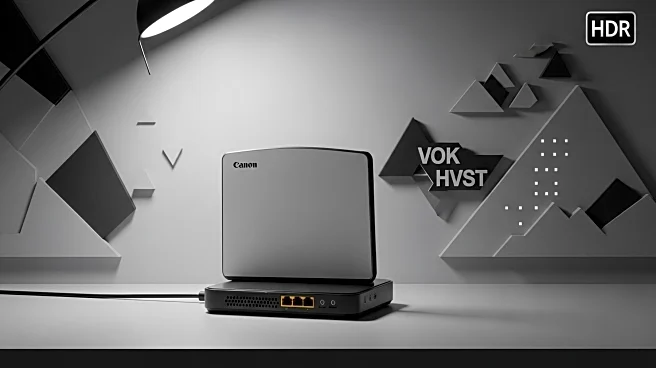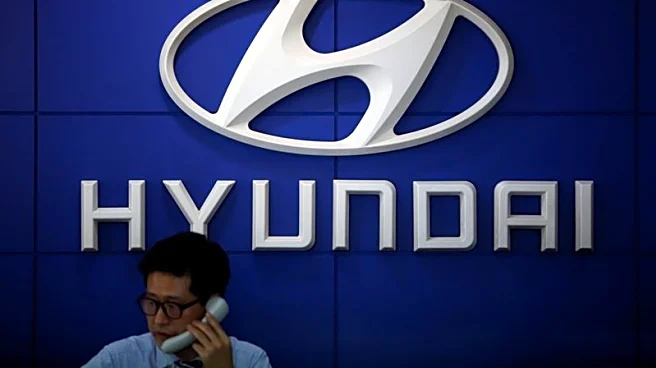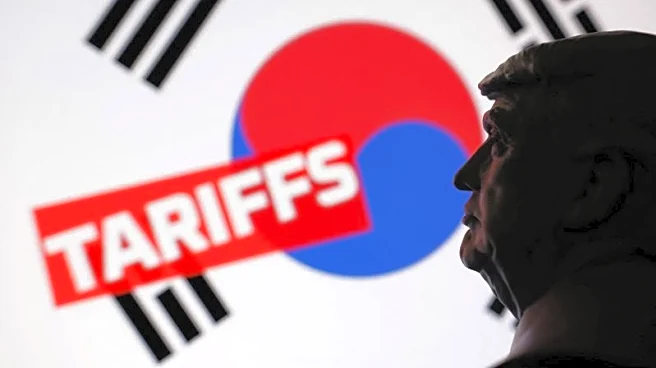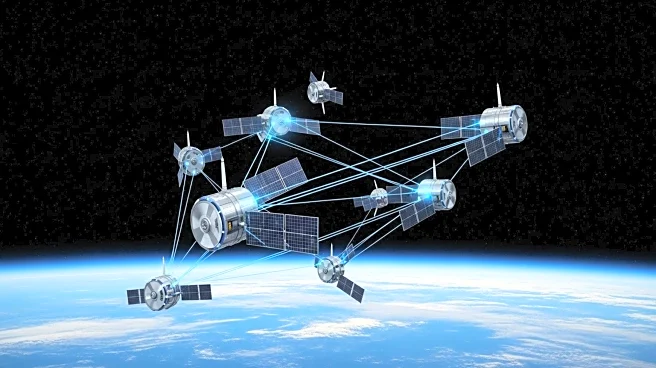What's Happening?
Major US cable operators, including Comcast and Charter Communications, are experiencing a challenging period as they face increased competition from fiber and fixed wireless access (FWA) providers. Despite the pressure, analysts predict that the worst-case scenario for these companies will result in flat subscribership over the next five years, rather than a significant decline. The current residential penetration rates for Comcast and Charter are 50% and 54%, respectively, while Cable One's penetration is at 36%. The analysis by MoffettNathanson suggests that the 'terminal' penetration for cable broadband will stabilize around 47%. This outlook is supported by ongoing efforts in rural buildouts and government-subsidized programs like the Rural Digital Opportunity Fund (RDOF) and the Broadband Equity, Access and Deployment (BEAD) program.
Why It's Important?
The stability in cable broadband subscribership is crucial for the industry, as it faces competition from fiber and FWA providers. A flat future, rather than a decline, suggests that cable operators can maintain their market position despite the challenges. This has implications for cable access suppliers, who may see a resurgence in sales following a period of decline. Additionally, the competitive landscape is influenced by the potential demise of the Affordable Connectivity Program (ACP), which could lead to a modest reacceleration in the broadband sector. The analysis also highlights the undervaluation of cable stocks, with companies like Comcast and Charter experiencing significant year-to-date declines.
What's Next?
Cable operators are expected to continue their network upgrades, including moves to DOCSIS 4.0, which may enhance network performance in terms of speed, capacity, and resiliency. However, the impact of these upgrades on subscriber gains remains uncertain. The role of AI in network operations is also unclear, as current workloads rely more on cloud computing. The industry will need to adapt to potential changes in technology adoption, such as augmented reality (AR) and virtual reality (VR) devices, which could affect network demands.
Beyond the Headlines
The competitive pressures from fiber and FWA providers highlight the need for cable operators to innovate and adapt to changing market conditions. The potential overlap of fiber networks with cable territory could reach 60% by the end of 2025, posing a significant challenge. Additionally, the expansion of satellite broadband, particularly SpaceX's Starlink, in rural areas presents another competitive factor. The industry's response to these challenges will shape its future trajectory and influence broader connectivity goals in the US.













